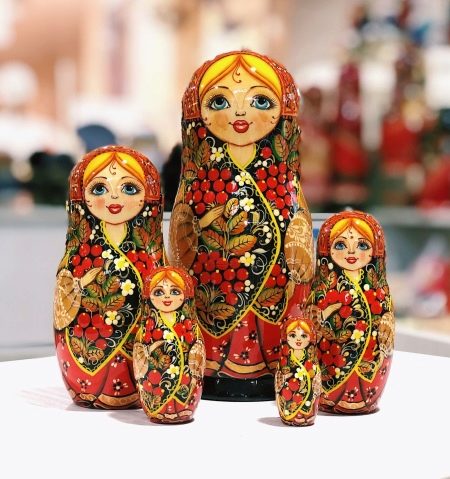The history of the origin and development of matryoshka
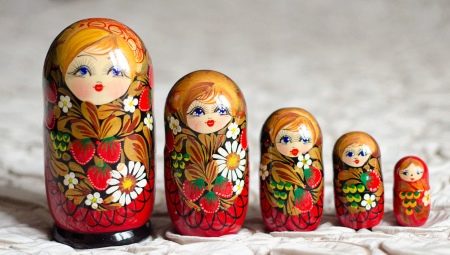
Matryoshka is a funny painted toy with a cute face. It is considered a national souvenir, so foreign tourists and our fellow citizens willingly buy it. Many people think that the matryoshka has existed almost since the time of ancient Russia, but in fact it is not, and the history of this toy has a very original development.
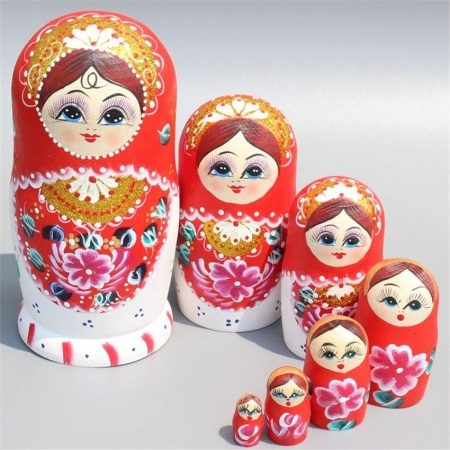
Where and who invented it?
A wooden doll with a painting familiar to us and a red-cheeked face appeared not so long ago. You should not attribute to her a respectable age and look for the origins of the roots of the ancient Slavs. It is known that the first matryoshka was made in the 1890s. The birth of the toy is associated with the popularity of the Russian style and interest in folk culture. The funny doll was originally supposed to demonstrate the traditional outfits of residents of various provinces, but many fell in love with it, which led to the further development of the craft.
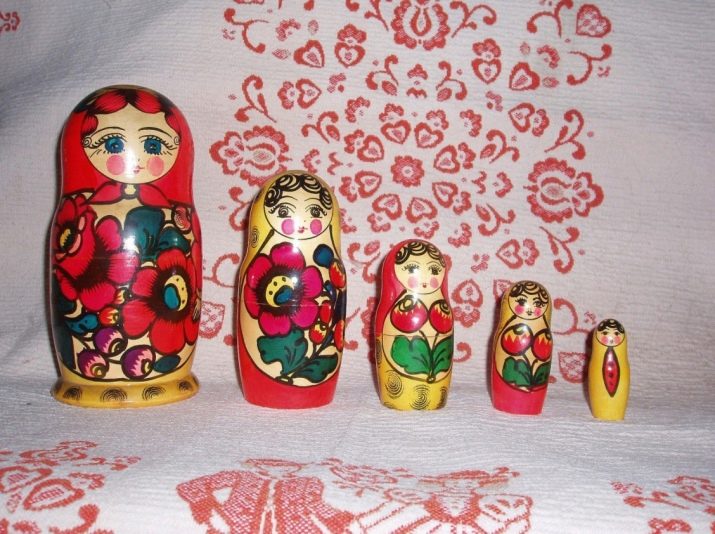
The homeland of the prototype matryoshka is Japan. Many would never have thought about it, but it was in the eastern country that for a long time it was customary to make tumbler dolls and detachable wooden figures.
However, these toys had a different look and did not at all look like a smiling peasant girl.

One of them portrayed a sage named Daruma. It was believed that it helps in the fulfillment of desires and brings happiness. The Japanese still use such figurines, setting them up on their home altar.

It is also believed that the predecessor of the matryoshka was created by a fugitive Russian monk who settled on the island of Honshu. As a basis, he took a figurine of a god named Fukurokuju, who is usually depicted as a fine-looking old man with a staff or fan.The toy had a pear-shaped shape, and inside it contained several more pupae, personifying other deities. It is believed that such a figurine was once brought to the Mamontov estate, and it is from this moment that the history of the matryoshka in Russia begins.

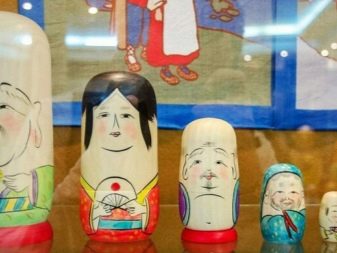
The famous philanthropist was visiting the artist Malyutin, who became interested in the curiosity and was inspired to create his own sketch. Wooden molds were commissioned to be carved by master Zvezdochkin. With the advent of the doll, the name itself came naturally - Matryona, it was one of the most widespread and popular in Russia. Some researchers believe that the artist has nothing to do with the origin of the matryoshka, and it was Zvezdochkin who invented and made a toy for children.
Despite the fact that the history looks a little hazy, the very figurine is well preserved and is in the museum of Sergiev Posad.

Description of the first nesting doll
The doll was made in a workshop specializing in toys, and you can find a stamp on the item with the name "Education for children". The toy consisted of eight figures that fit inside the largest of them. She has the smiling and red-cheeked face of a peasant girl, and she is dressed in the traditional style: she has an apron tied at the front, and an elegant shawl with a colorful pattern on her head. She is holding a black rooster in her hands.
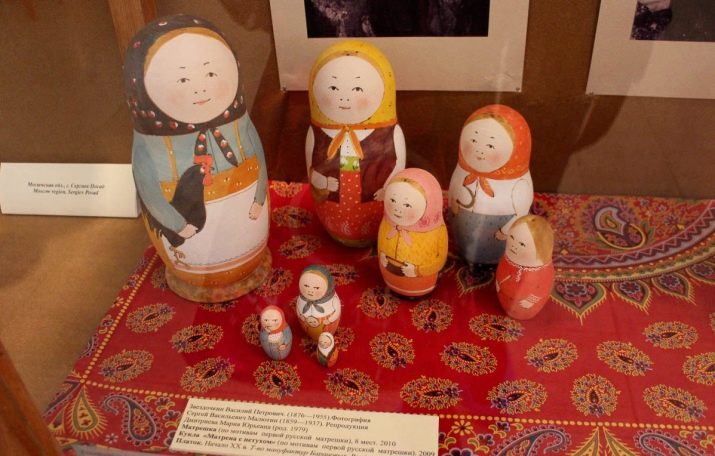
Other figurines follow the same style. They depict girls in Russian peasant clothes, two of them are holding a loaf and a sickle in their hands. There is also a younger brother in this family - a boy in a red painted shirt. And the smallest figure is a baby in diapers.
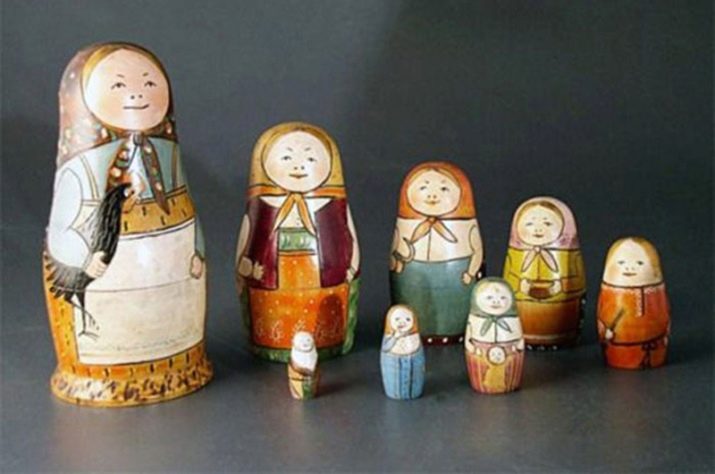
Development to the present day
The Sergiev Posad matryoshka quickly became popular. The assortment expanded, and the dolls already depicted not only ruddy girls, but also shepherdesses, grooms and brides, grandfathers and grandmothers. Themed series also appeared. For example, such:
- to the 100th anniversary of Gogol - the figures were made in the form of heroes of the works of this writer;
- by the centenary of the end of the Patriotic War of 1812 - the largest nesting dolls were with the faces of the main commanders (Kutuzov and Napoleon), and their subordinates were placed inside;
- in honor of fairy tales: "The Little Humpbacked Horse", "The Firebird", "Turnip" - dolls portrayed all well-known characters.
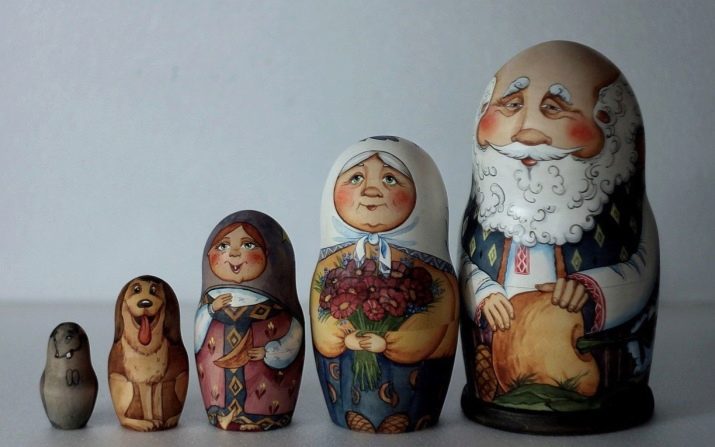
Nesting dolls became so popular that they even tried to counterfeit them abroad, and in the meantime, several different directions appeared in Russia.
Each region made their own original products that could be identified by the peculiarities of the painting.
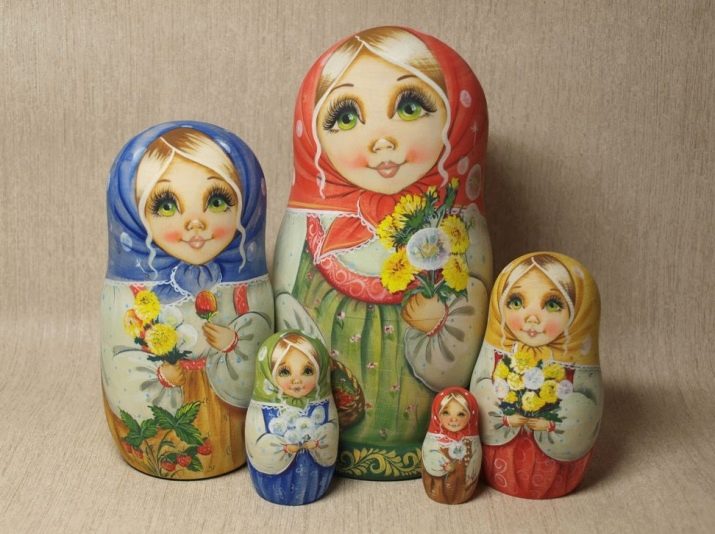
Semenovskie
These nesting dolls come from the Nizhny Novgorod region. They have certain features that can be traced both in the form and in the drawing:
- the doll was made of linden, aspen or birch, grinding it on a special machine, while the base turned out to be slightly narrowed at the bottom;
- then the tree was primed with potato paste so that the material did not absorb the paint, and the finished product had a pleasant shine;
- after that, facial features and clothes were drawn, one of the characteristic features of Semyonov's toys - a border on a scarf, decorated with flower buds.

The traditions of painting were laid by the hereditary masters Mayorovs, who adapted the folk motives of ancient Russia. Various flowers were present as decorative elements: roses and bells, spikelets and herbs. For painting, shades of yellow, red, green, purple, and crimson were used. Finally, the toy was varnished.
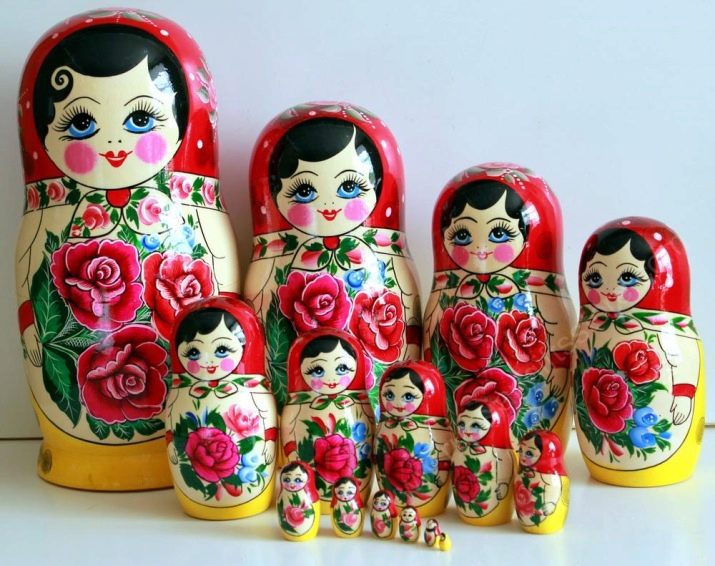
A characteristic feature of Semyonov nesting dolls is that they are multi-seated, and can consist of 15–18 figurines. It was also here that the largest toy, 1 meter high, was made. It included 72 dolls.
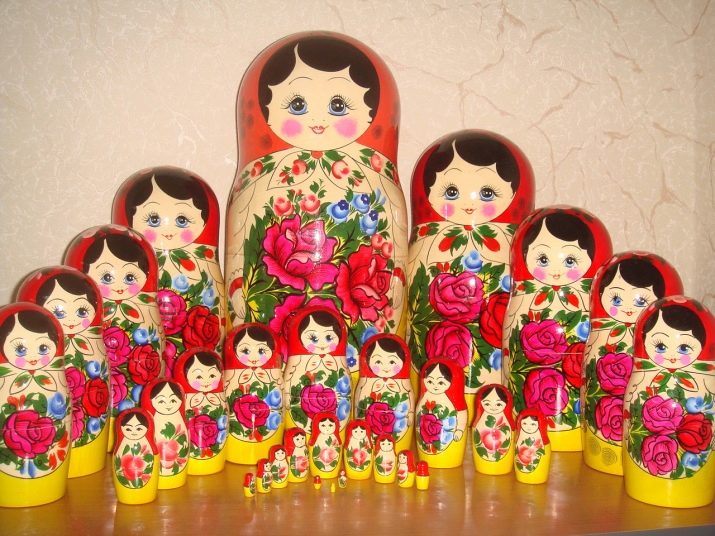
Zagorsk
They resemble the very first nesting dolls - the same round-sided, with a stable shape. The face painting is quite simple: two strands of hair under the headscarf, a nose in the form of two dots and a lip with a bow. The doll is traditionally dressed - in a sundress with an apron. The outfit is decorated with simple floral and floral designs.
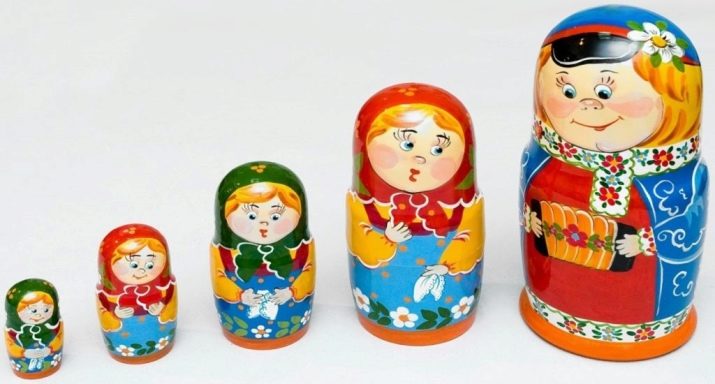
Polkhov-Maidan
These toys are neighbors of the Semyonovskys, they also come from the Nizhny Novgorod region. Their creation process is similar to the initial stages, but the painting is different. The curls of hair are visible on the face from under the scarf, the apron is oval, not rectangular, and is decorated with a floral pattern. The ornament can include dahlias, bright roses, delicate bells, wild rose hips. In addition, these nesting dolls have a slimmer silhouette than their neighbors.
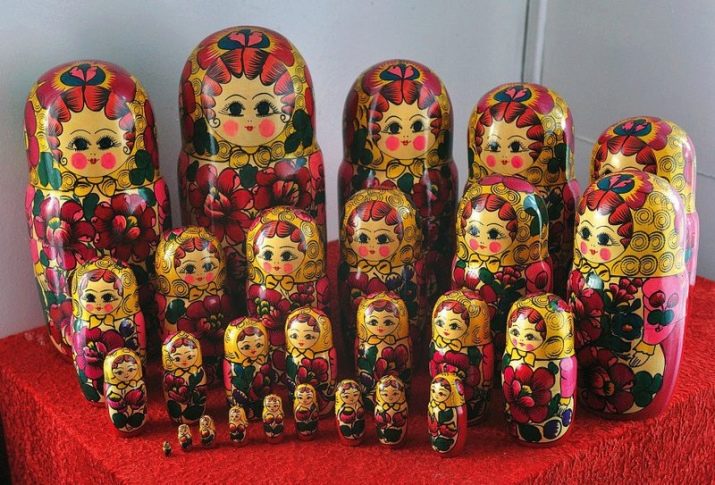
Vyatka
In the north of Russia, they also made their own toys and decorated them in a special way. The technique of inlaid with straws gives the matryoshkas an original look. The painting itself remained traditional: a pretty face, a scarf and a sundress with an apron, but additional decor was applied over the paint. From straw elements, flowers were laid out on the apron, edging and other details. Such toys received distribution later than others - in the 60s of the last century.
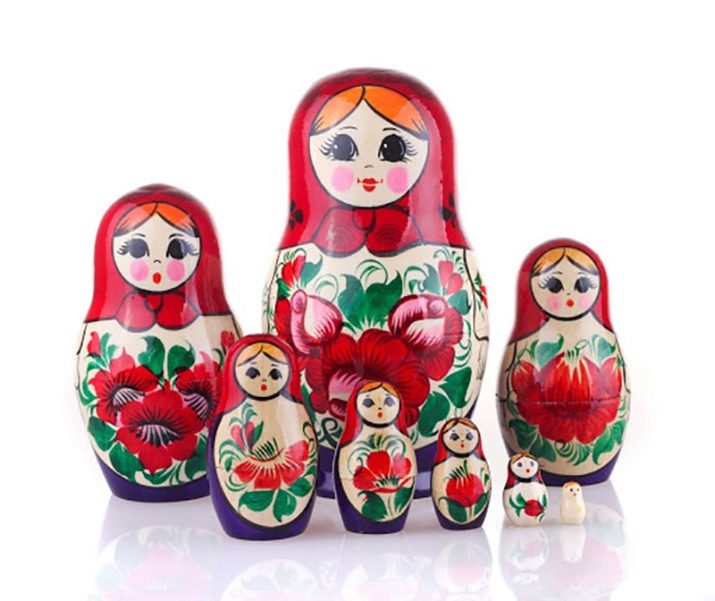
Modern
The changes in the country affected the further development of the matryoshka dolls. Perestroika not only aroused a growing interest in Russian culture, but also made it possible to open small workshops that did not depend on the state. Craftsmen were again free to sell their products, many artists willingly took advantage of this.
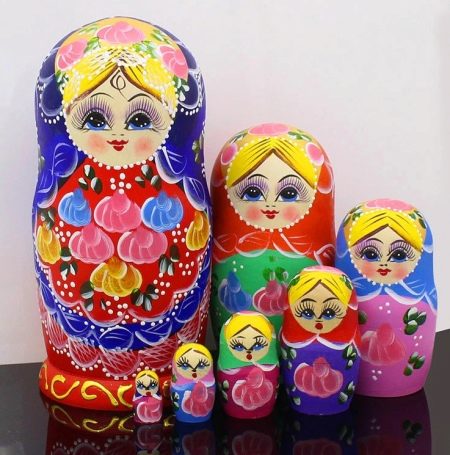
Modern toys are very different in style, but there are several of the most popular trends.
- Political. They depict famous figures of different eras: both domestic and foreign. Drawings are made in a realistic style or in the form of cartoons - with features exaggerated for a comical effect.
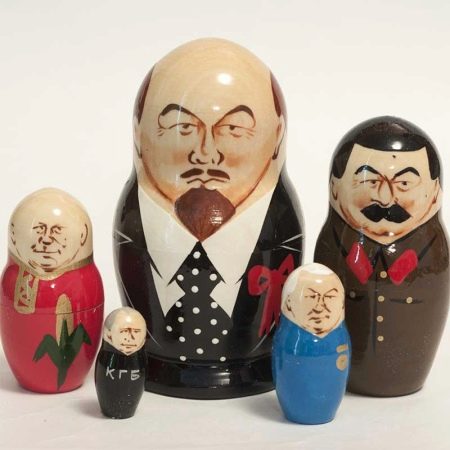
- With the stars. Like political ones, they are portrait, only in this case they depict different celebrities. You can find figures with the faces of pop and movie stars, football players or racers.
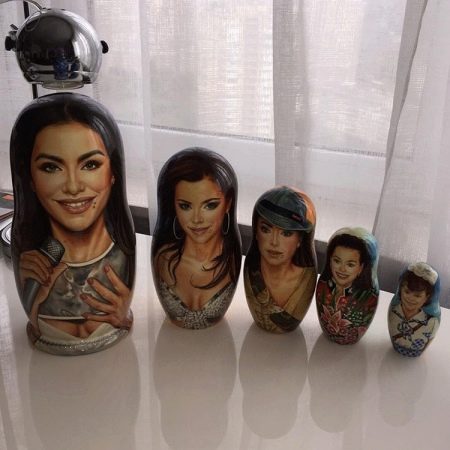
- Traditional style. They remind of the first Russian nesting dolls, in fact, this is an imitation of well-known types of painting. The dolls represent peasant girls or a family - a mother with children.
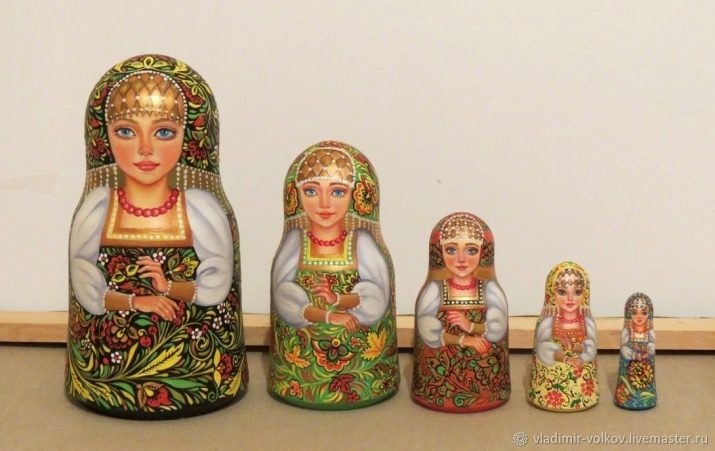
- Fabulous. Stories familiar from childhood often inspire artists. The figures may have a whole plot with a sequential development of events, or individual characters.
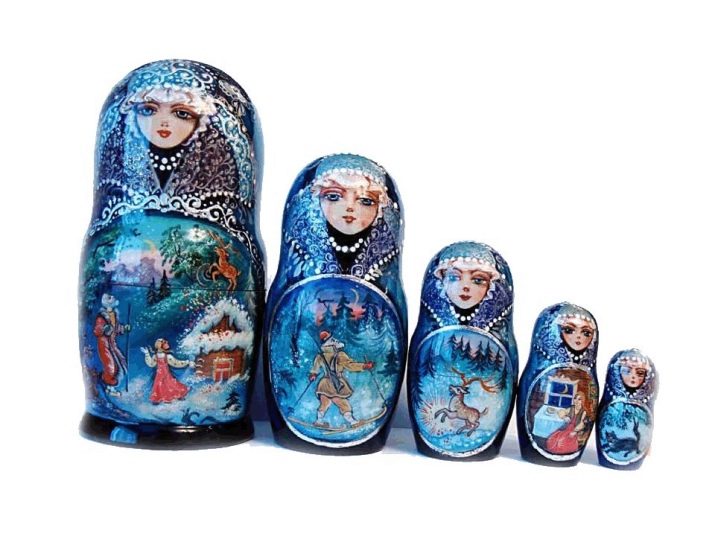
- Architectural. Matryoshka dolls are decorated with images of ancient buildings. These can be architectural monuments from different cities, churches and cathedrals.
Anything can become a subject for painting - modern art does not put restrictions, allowing artists to create as they see.
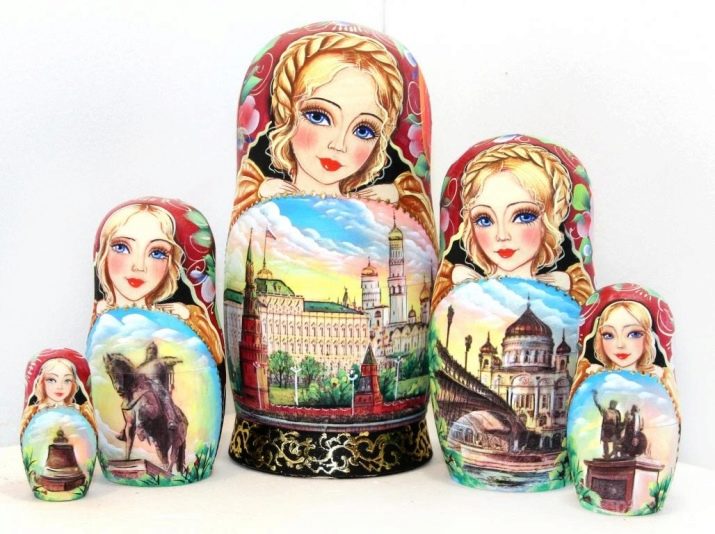
Manufacturing process
To make the toy beautiful, you need to choose the right base. Linden wood is most often used: it lends itself well to processing and is quite plastic. Sometimes alder or birch are also used. The tree needs to be properly dried to make it workable.
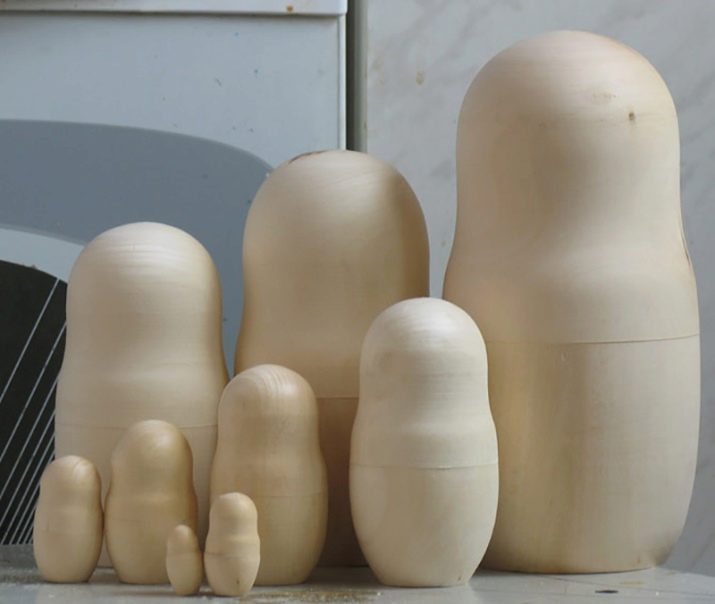
The process of creating blanks includes several stages:
- start with the smallest figure;
- then the following is done: first, a solid form is turned, after which it is cut in half and the wood is removed so that the first pupa can fit inside;
- the steps are repeated as many times as necessary, depending on the number of figures.
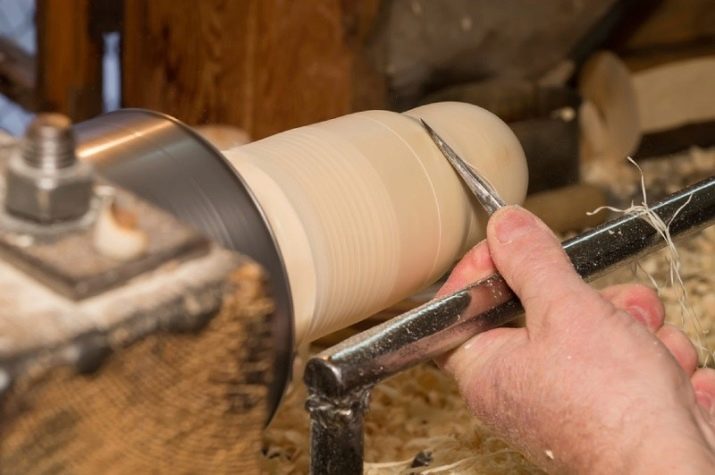
The toys are dried and polished and then painted. An artist can use different types of paints: watercolor, oil, tempera, gouache. Many masters prefer the latter, following the tradition.
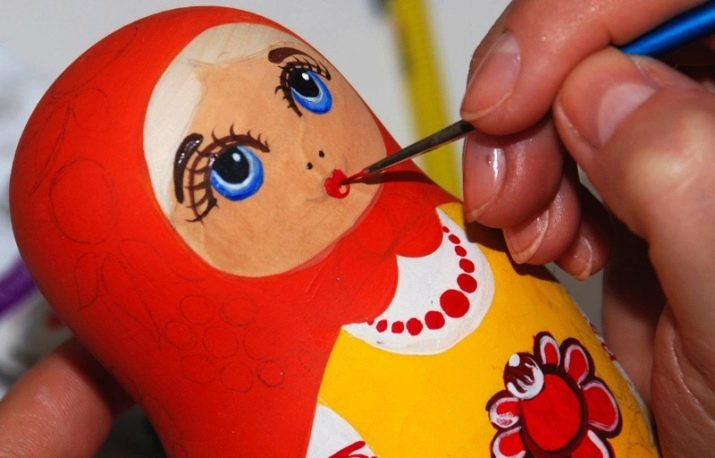
Nesting dolls have become an integral part of culture, but the history of this toy has not frozen in time, it continues to evolve. New styles and subjects for painting, new forms appear: from miniature to gigantic. Matryoshka has also entered the digital world - since 2020 it has been included in the number of emoji symbols - emoticons used on the Internet.
